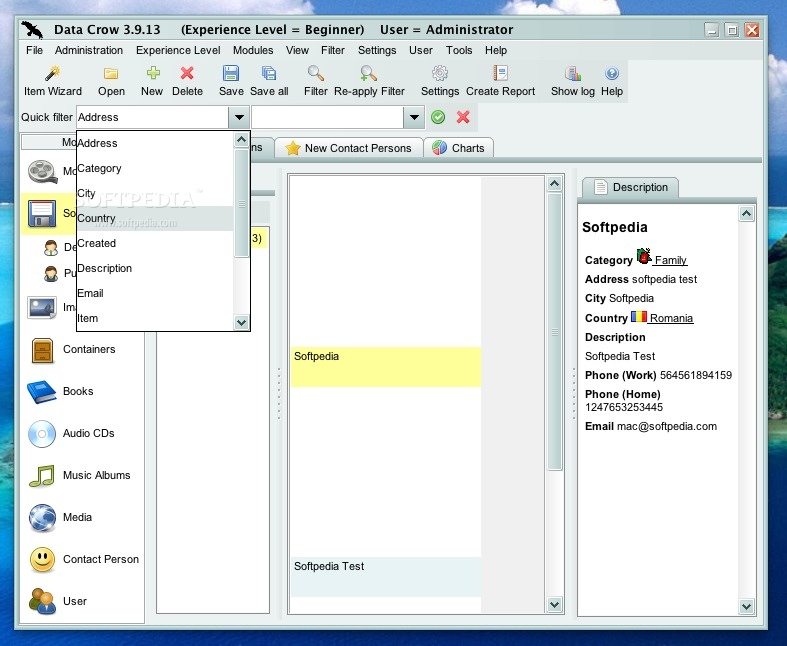

IdColumn.DataType = ("System.Int32")įNameColumn.DataType = ("System.String") Private Function MakeNamesTable() As DataTable ' Then add the new row to the collection. ' Create an array for DataColumn objects. The DataRow and DataColumn objects are primary components of a DataTable.
#Using datacrow update
Use the DataRow object and its properties and methods to retrieve and evaluate and insert, delete, and update the values in the DataTable. The DataRowCollection represents the actual DataRow objects in the DataTable, and the DataColumnCollection contains the DataColumn objects that describe the schema of the DataTable. Use the overloaded Item property to return or set the value of a DataColumn. Use the HasVersion and IsNull properties to determine the status of a particular row value, and the RowState property to determine the state of the row relative to its parent DataTable. To create a new DataRow, use the NewRow method of the DataTable object. After creating a new DataRow, use the Add method to add the new DataRow to the DataRowCollection. Finally, call the AcceptChanges method of the DataTable object to confirm the addition. For more information about adding data to a DataTable, see Adding Data to a DataTable.

You can delete a DataRow from the DataRowCollection by calling the Remove method of the DataRowCollection, or by calling the Delete method of the DataRow object. The Remove method removes the row from the collection. In contrast, Delete marks the DataRow for removal. The actual removal occurs when you call AcceptChanges method. By calling Delete, you can programmatically check which rows are marked for removal before actually deleting them. For more information, see DataRow Deletion. Initializes a new instance of the DataRow class using the specified builder. Gets a value that indicates whether there are errors in a row. Gets the specified version of data stored in the specified DataColumn. Gets or sets the data stored in the specified DataColumn. Gets the data stored in the column, specified by index and version of the data to retrieve. From there click the option New Database.Gets or sets the data stored in the column specified by index. To create a new blank target database connect to the server where you will be restoring the new database and right-click Databases. Though it is not necessary to create a new blank target database for the restore, I find that doing this further minimizes the risk of overwriting the existing database. There are a couple different ways to go about this. Let’s assume you have already created a backup of the database. The steps outlined below will walk you through the process of creating a new database from a backup of another database on the same SQL Server and giving it a new name so as to avoid overwriting the existing database. The solution was to restore a copy of the company database alongside the current company database so that we could script out the necessary INSERT script to copy the data over. Fortunately these were historical tables so the likelihood of new data being inserted into these during normal business processing was very low.

#Using datacrow upgrade
After a major upgrade we noticed two of the Historical GL tables had been wiped out. Specifically, the company financial database associated with Dynamics GP. I recently ran into a situation which required me to create a second copy of a very large and very important database on the production server. The issue being that if you’re trying to restore a copy of an existing database on the same server using a different name for the restored database, when not configured properly, it can actually overwrite the existing database. Yeah, the title is a bit of a mouthful but this is something that I’ve seen people struggle with constantly.


 0 kommentar(er)
0 kommentar(er)
